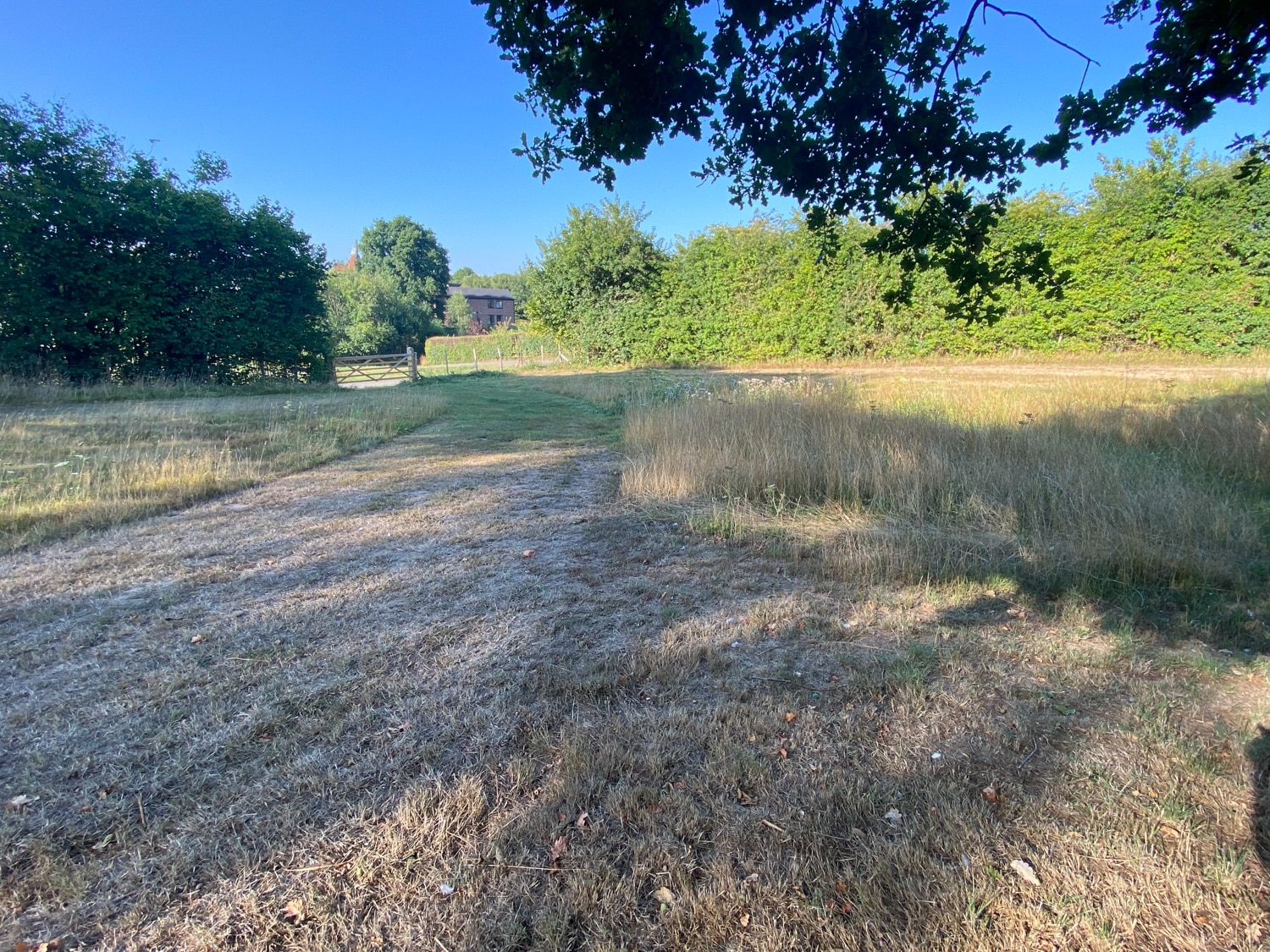With drought conditions threatening the typical English garden do we need to rethink our planting plans for 2023?
It’s a scary thought looking at that beautiful garden of ours, in the full knowledge that not all our plants will have survived the summer.
I dare say all Tunbridge Wells residents have, or are witnessing similar anxieties.
Those who have had the foresight to fit rainwater fed, or low pressure leaky pipe systems to their gardens will fair better. Those that have planted their gardens with more drought tolerant plants may see very limited failures.
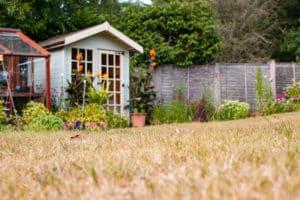
Hearsay and the media suggests we are witnessing significant changes in our climate and this more polarised weather pattern is here to stay. I was talking to a friend at the weekend who lives in Stockholm and she was recounting the days in her childhood when it was almost guaranteed they would get plenty of snow throughout the winter. Not so any more. This year we have seen forest fires throughout Europe, and serious flooding in Australia, so something must be happening!
Here in the UK having suffered a low water table from a mild winter and an excessively prolonged hot summer, it’s not surprising we now have a temporary hosepipe ban.
Is it time to reassess the planting options and how we irrigate our gardens?
Smart developers and architects should be encouraged to incorporate rain water and recycled water based systems into house designs so gardens can be fed off tanked solutions rather than the mains.
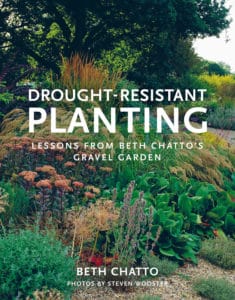
If we have to use mains water we need to consider focused and lower pressure based feeders that help young plants to grow their root systems.
There are many established companies and systems available that can help us create irrigation systems, from over the counter leaky pipe and sprinkler systems offered by Hozelock (www.hozelock.com ), and Gardena (www.gardena.com), to more established irrigation players such as Hunter (www.hunterirrigation.co.uk ), Claber (www.claber.com) and Rainbird (www.rainbird.com ).
My son has just returned from Australia and 100% of new gardens created by the landscaping company he was working for have irrigation systems fitted already, or as part of a new landscaping scheme. “It really doesn’t need to be complicated, but you should think this through at the design stage and ideally fit it as part of the garden construction”, comments George. “Clients and your staff can be trained to monitor and maintain it, its pretty straightforward once you are familiar with the system. The follow through and maintenance is also important. So in a garden fitted with an irrigation system it could become part of the regular gardeners routine to check the flow rates and also any animal damage to pipework and repair immediately, so you keep the system running at all times.”
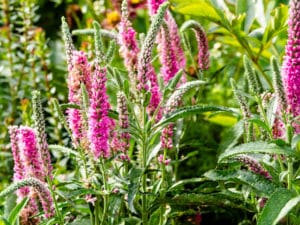
George is used to installing Hunter and Rainbird systems and typically these include pop-ups in lawns, drip lines in beds, leaky pipes around trees, and misters in areas where planting either needs a constant humidity, or where foliar based watering is required. The whole system can be zonalised and watering can be timed so as to focus watering at the correct times of the day and limit any water wastage.
So thinking forward to summer 2023 it could be wise to investigate a more water efficient strategy for your garden, by all means contact George or myself and we will try be as helpful as we can.
So the other factor could be what we plant in gardens and how the soil copes with water.
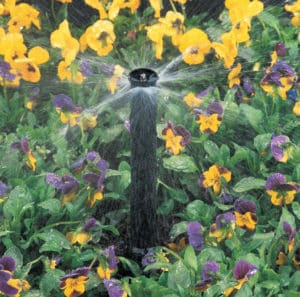
One of the things you need to think about is the basic characteristics of your soil structure. Are you living in an area where you have a heavy clay strata just below your topsoil? In a situation like this in drought conditions any water fed into the system could dry out very quickly and hinder the growth of plant root structures, or it could suggest you only plant smaller plants with shallower roots. If however your topography is more free draining then it maybe sensible to add more mulch to help retain water longer etc.
Many of our great garden designers have explored this conundrum and come up with solutions.
Beth Chatto is famous for her research into drought resistant planting and in 2000 published her book “Drought – resistant planting lessons from Beth Chato’s gravel garden”

So in Beth’s garden she has used gravel as mechanism to aid drainage around plants and protect the soil below from the heat through its reflection of the suns rays. In her garden the soil below the gravel remains cooler and thus helps stop water from drying out so quickly. This combined with an irrigation system as above might help conserve more water and protect plants from failing for longer.
In her gravel garden Beth experimented with a whole range of plants to determine which were most drought tolerant. Her book provides a comprehensive insight to the techniques and the wide range of plants she researched. Here are just a few of the plants that succeeded and those that were less successful in their survival of drought conditions:
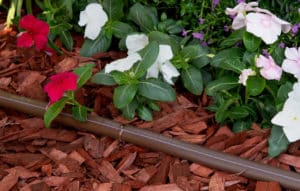
So as we start to plan our borders for next year think about this summer and how you can improve your display whatever the weather brings.
For further information and help with your garden design contact Tim Sykes at Gardenproud on 07725 173820, or via email reallygardenproud@btinternet.com, or check out his website by Googling Gardenproud.
Plants that still look good at the end of summer
- Agapanthus
- Artemisia glacialis
- Euphorbia pithyusa
- Nepeta – ‘Six hills Giant’
- Pervoskia- Blue Spire
- Sedum Spectabile
- Stachys Byzantina
- Thymus serpyllum ‘Minor’
- Verbena Rigida
- Veronica Spicata
Plants retaining good foliage
- Artemisia absinthium
- Allium cristophii
- Eryngium eburneum
- Euphorbia characias wulfenii
- Lavender
- Salvia lavandulifolia
- Stipa gigantean
- Stipa tenuissima
- Verbascum bombyciferum
Plants affected by drought
- Bergenia
- Buxus
- Cistus
- Hibiscus
- Kniphofia
- Ligustrum
- Verbena bonariensis
Things to do in the garden this September:
Using your watering cans, or a pressure reduced leaky pipe system keep vulnerable plants moist. Use water butts, or recycled water wherever possible
Divide herbaceous perennials
Deadhead your roses
Dig up any remaining potatoes before the slugs get the better of them
Net ponds or water features before the Autumn leaf fall
Clean out greenhouses and your cold frames for any Autumn planting
Pick fruit inc raspberries, grapes, apples and pears
Consider applying a mulch to beds to help retain moisture


